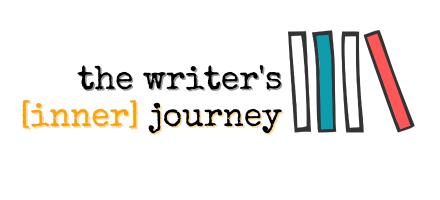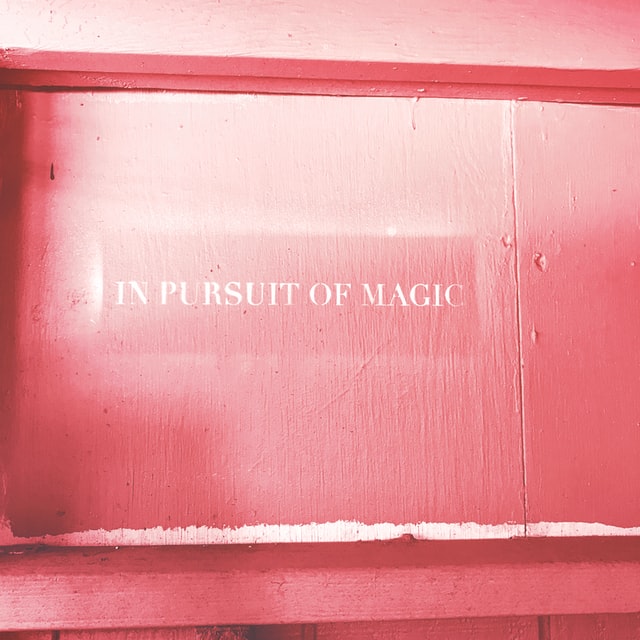Gabe Montesanti is a queer, Midwestern roller derby player. She earned her BA in mathematics and studio art from Kalamazoo College and her MFA in Creative Nonfiction from Washington University in St. Louis. Her piece, “The Worldwide Roller Derby Convention” was recognized as a notable essay in The Best American Essays 2020. Her memoir, BRACE FOR IMPACT, is published by The Dial Press.
Meredith: Taking the stance that creativity is a natural state, why do we get stuck?
GABE: My advisor in college had a sign on her door that said, “Stop the Glorification of Busy.” It was an important message at the prestigious liberal arts school I attended, and a vital one for me personally. I grew up under the delusion that resting shows weakness, and pushed myself to achieve and perform at the highest levels. My creative pursuits were not exempt from this mode of thinking, and when I felt stuck or needed to rest, my internal dialogue turned sour.
Many years of therapy and a newly-defined relationship with my creative self allows and even sometimes appreciates moments of stuckness. My experience as an athlete and as a person healing from trauma taught me that progress is never linear. I believe getting stuck is part of the creative process. Often, I think of it as a sort of hibernation—an essential time to be still and rest in a society that so often glorifies output.
[…]
Meredith: The Talmud (in one way or another) says that “Every blade of grass has its angel that bends over it and whispers, ‘Grow, grow.’ Do you have a personal interpretation for what this means to you as a writer?
GABE: I believe that something urges us forward. There are many times I’ve felt guided—pushed and encouraged to grow by something unseen. There’s a certain magic I encounter in the haziness between consciousness and sleep, or driving alone in rural areas, where I sometimes feel the presence of muses. My thoughts become clearer, my purpose becomes sharper, and words come to me easier. Maybe that state and the muses I feel is what The Talmud calls angels.
[…]
Meredith: Writing—or the dream of calling oneself an author or writer—seems, for many, to have this highly addictive, seductiveness about it. Like: I’d really be someone if I could write. Or be a writer, author, etc. But it’s not writing that imbues itself with these characteristics, it’s the person. Why, do you think, it’s such a seductive slope?
GABE: As a child, I was in love with Jo March from Little Women. I loved her tomboyish nature, her stubbornness, and her leadership qualities, but most of all, I loved that she was a writer. This might have been my first experience romanticizing the act of writing. When Jo’s sister threw the only copy of her manuscript in the fire, I felt that loss in my body. The shots of her sitting in a semi-dark attic hunched over her writing felt like a kind of fairy tale to me.
One thing I’ve learned about myself over the years is that I have an addictive personality. I have to be very careful in some areas of my life, but when I was writing my book, the addictiveness fueled me. I couldn’t stop thinking about the story I was trying to tell. Couldn’t put it down. I would wake up in the middle of the night to write, and in this way, I felt a little like Jo March, who seemed to be guided by an external force.
[…]
Meredith: Homeostasis is a concept I learned on my first day of graduate school. It means the desire to revert back to the familiar, for things to remain the same. As a writer, how do you remedy this type of stagnation which can thwart creativity? Or, do you believe there’s a time for it?
GABE: My writing mentor and friend Diane Seuss often speaks to me about the importance of challenging the habitual. In her poetry class in college, we learned Gregory Orr’s “Four Temperaments of Poetry,” which are imagination, story, structure, and music. Seuss asked us to consider our own work and to select the two temperaments that we align with most closely. For me, the answer was story, and structure. This was before I identified as a memoirist, and long before I made the decision to pursue an MFA in creative nonfiction, but nearly a decade later, those temperaments still suit me best. Our assignment from Seuss that day was to turn our attention to the two temperaments that were less familiar—for me, imagination and music—and craft a piece that centers them. It was grueling work. It essentially asked us to experiment in an arena with which we were neither experienced nor comfortable, but it taught me how to think differently. I still return to Orr’s four temperaments when I feel stagnant, or if I’m having a hard time breaking familiar patterns.
[…]
Meredith: Some people refer to their creations as their children. Some view them as entities entirely separate from themselves. Sometimes it feels to me like our creations are more as an extension of our own biology. In other words, our words are who we are, just expressed in an alternate form (kind of like how water freezes to ice and then melts and flows again). How do you view your creations and how did you come to see them this way?
GABE: I’ve known several writers who have likened the creation of their work to the experience of birthing a child, but I don’t see it that way. I’m not a mother, but one of my best friends from graduate school got pregnant nine months before my book was set to launch, and our journeys are incomparable. She’s at home resting, feeling the baby kick inside her, carefully monitoring her own blood pressure and the baby’s heartbeat, and I’m just waiting for my finished copies to arrive in the mail.
I understand why authors so often refer to their creations as their children—or even extensions of themselves—but for me, it’s very important that my work is a separate entity. Even as a young kid, I understood the importance of writing into a journal, which one of my favorite books, The Perks of Being a Wallflower, refers to as a “Friend.” My journal is my friend and has been for as long as I can remember: a place in which my lived experiences and thoughts exist outside my body. In some ways, it’s a matter of safety. Thinking of my work, in particular my new memoir, as an extension of my own biology, strikes me as very dangerous, especially when critics and reviewers and Goodreads users feel entitled to dole out ratings. The persona in Brace for Impact is not me. She is, more accurately, different parts of me, that have been carefully arranged on the written page. Thinking of my work this way, to me, has been lifesaving: a testament to Joan Didion’s statement, “I think we are well-advised to keep on nodding terms with the people we used to be, whether we find them attractive company or not.”
[Thank you, Gabe!]
Photo by Karly Santiago on Unsplash

